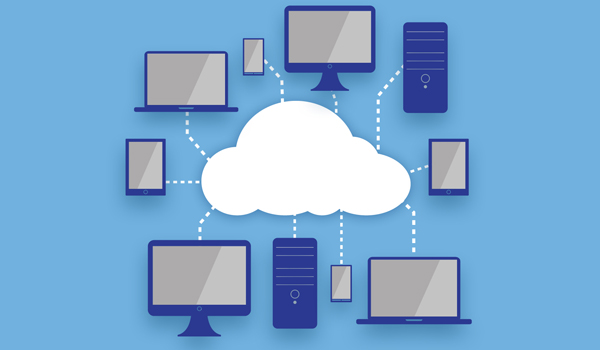
Cloud-based software like SharePoint Online (or Office 365 SharePoint) and Salesforce.com have put powerful, productivity-enhancing tools within reach of businesses of all sizes. But those advantages are undercut when those cloud services won’t talk to the software many businesses are running on their servers to support their day to day operations. Say a prospect needs a sales quote. At many businesses, outside sales relies on Salesforce.com to collect key data about that customer. But if it’s not integrated with the quoting software that sits on the office server, someone has to re-key all that data. The potential for mis-keying data is high, according to this research by The Association for Computing Machinery, and the time it takes torpedoes productivity and even more critically, slows down the time required to deliver that quote.
It doesn’t have to be that way. Skilled programmers can get cloud and on-premise software talking to each other using any of three important tools and techniques:
Sometimes getting SharePoint Online or other cloud and on-premise software talking means using all three approaches. A business that uses UPS WorldShip, for example, could leverage the WorldShip SDK and robust APIs to reach out to UPS to initiate a shipment, then exchange the shipment information with UPS online. When the shipment is en route, UPS might use custom integration to share data with a partner carrier that’s handling one leg of the transport. The possibilities for business teams are virtually limitless, and skilled developers can make it all button-click easy. Odds are most businesses will use a hybrid IT environment – a combination of on-premise and cloud-based software like SharePoint – for a long time. Programmers can use APIs, SDKs and custom software development to get cloud and on-premise software talking, extending the functionality of your familiar software and making your business more productive while extending the lifespan of your current IT investments. Learn more.
Daniel Haurey Jr. is the president and founder of managed IT services provider Exigent Technologies, which he founded in 1997. Under his leadership, the MSP has earned accolades ranging from Channel Futures MSP 501 to being named SonicWall’s 2024 MSP Growth Partner of the Year. Dan is a true entrepreneur, dedicated to growing, investing in, and mentoring small businesses. You can find him on LinkedIn, where he regularly posts about technology, business, leadership, and community.